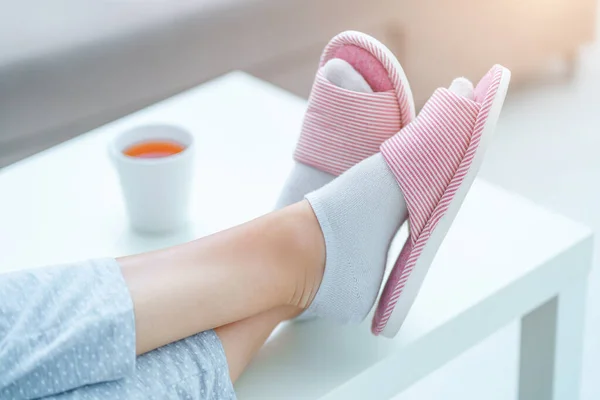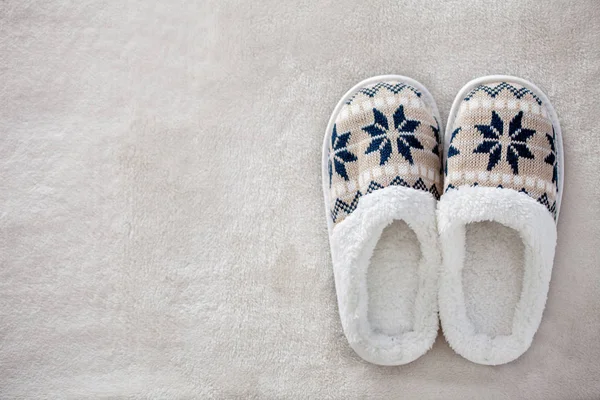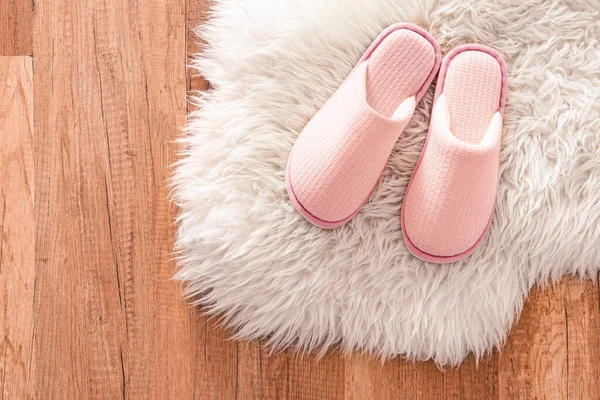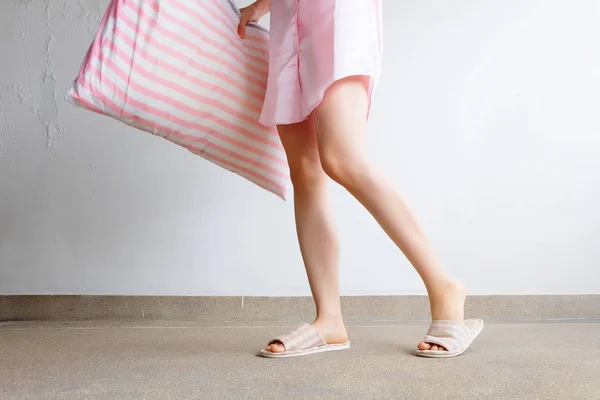Wearing house slippers is a common practice in many cultures around the world, valued for its comfort and health benefits. These benefits range from maintaining hygiene to providing support and comfort. Understanding the full spectrum of advantages and the optimal time to wear house slippers can enhance one’s daily living experience.
Hygiene and Cleanliness
One of the primary benefits of wearing house slippers is maintaining hygiene. By donning slippers indoors, individuals prevent the spread of dirt and bacteria that might be carried on the soles of outdoor shoes. A study published in the “Journal of Applied Microbiology” found that shoes can harbor numerous harmful bacteria, including E. coli, which can be easily transferred to home floors. This practice is particularly important in households with children or individuals with compromised immune systems, where cleanliness is paramount.

Foot Support and Comfort
Beyond cleanliness, house slippers provide essential foot support and comfort, especially for those who spend long periods standing or walking indoors. The American Podiatric Medical Association emphasizes the importance of proper foot support to prevent ailments like plantar fasciitis and arch pain. Slippers with cushioned soles can reduce the impact on the feet and joints, offering relief and comfort.
Optimal Timing for Wearing Slippers

While the benefits of wearing slippers are clear, the timing of their use is equally important. It is advisable to wear slippers during active hours when moving around the house. However, giving feet time to breathe without slippers, particularly during rest periods, is also essential for maintaining foot health. This balance ensures both the hygienic and orthopedic advantages of slipper use while allowing the feet to rest.
Preventing Slips and Falls
Another key aspect of wearing house slippers is safety. Slippers that have non-slip soles can significantly reduce the risk of slips and falls, especially on hard or slippery surfaces. The Centers for Disease Control and Prevention (CDC) reports that falls are a leading cause of injury among older adults, and appropriate footwear, including slippers with good grip, can be a preventative measure.
Cultural Significance

The practice of wearing house slippers also holds cultural significance in many parts of the world. In countries like Japan and Korea, wearing slippers indoors is deeply ingrained in the culture, symbolizing respect for the home and cleanliness.
Comparative Analysis of Indoor Footwear Choices: House Slippers, Barefoot, and Outdoor Shoes
| Criteria | House Slippers | Barefoot | Outdoor Shoes |
|---|---|---|---|
| Hygiene | High: Prevents outdoor dirt and bacteria from entering the home. | Moderate: No transfer of outdoor contaminants, but does not protect from indoor dust. | Low: High risk of bringing outdoor dirt and bacteria inside. |
| Foot Support | High: Often provides arch support and cushioning. | Low: No additional support, which might be problematic for certain foot conditions. | Varies: Depends on the type of outdoor shoe, but often too rigid for indoor comfort. |
| Comfort | High: Designed for indoor comfort and ease of use. | Moderate: Natural feeling but lacks cushioning and warmth. | Low: Often too constrictive and not optimized for indoor relaxation. |
| Safety (Risk of Falls) | High: Non-slip soles reduce slipping hazards. | Moderate: Depends on the individual’s balance and floor type. | Low: Soles may not be suited for indoor surfaces, increasing slip risk. |
| Cultural Acceptability | High: Widely accepted in many cultures for indoor use. | Varies: Cultural norms differ widely regarding barefoot indoor living. | Low: Considered disrespectful or unhygienic in many cultures. |
| Foot Health (Breathability) | Moderate: Depends on the material and design of the slippers. | High: Feet can breathe naturally. | Low: Often less breathable, leading to potential foot health issues. |
Conclusion
In conclusion, house slippers offer a range of benefits from hygiene to comfort and safety. By understanding these benefits and balancing the timing of wear, individuals can enhance their home experience while promoting foot health and cleanliness. As research continues to unfold, the importance of this simple yet effective practice gains further recognition in improving daily living standards.

